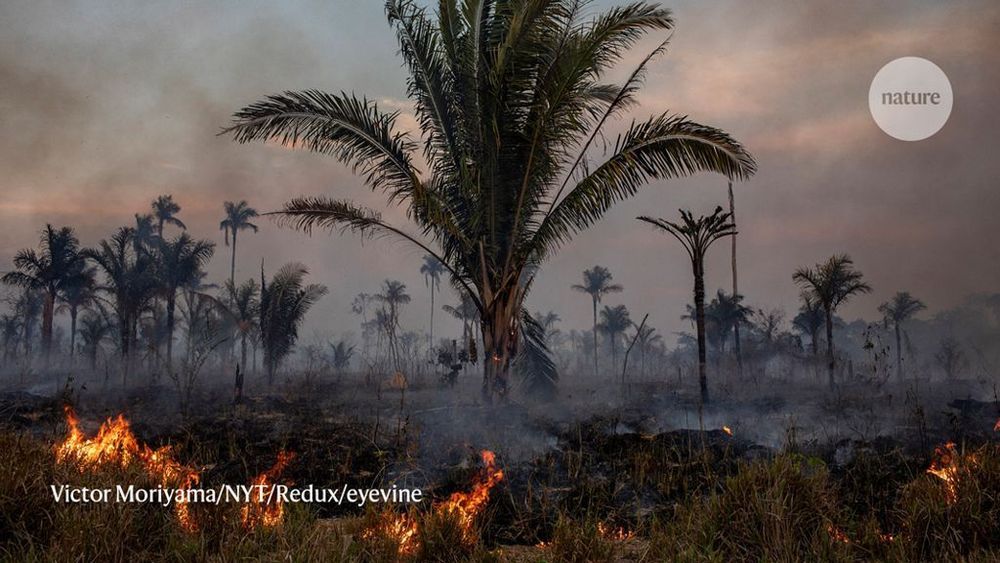
The National Institutes of Health (NIH) estimates that in 2018, over 10 million teens and adults misused opioids. The prescription of opioids to treat patient pain is one of many factors contributing to this epidemic; to solve it, a multipronged approach is needed.
Two new Mayo Clinic studies — one in clinical practice and one in the laboratory — could offer new solutions to help patients manage pain without the use of opioids. These projects have been singled out for federal funding under the NIH’s Helping to End Addiction Long-Term (HEAL) Initiative, a multimillion dollar, multiorganizational approach to providing pain-treatment alternatives and turning the tide on the opioid crisis.
“Opioids remain one part of the continuum of pain treatment,” says Andrea Cheville, M.D., a rehabilitation physician at Mayo and member of the National Academy of Medicine. “There are other options that work as well, or better in some cases, with fewer risks. Our new research mirrors a broad Mayo priority — finding the safest, most effective way to help our patients manage acute or chronic pain.”









